Sound Waves Worksheet and Answers
Are you a high school physics student looking to reinforce your understanding of sound waves? Look no further. We have created a comprehensive Sound Waves Worksheet and Answers to help you strengthen your knowledge on this fascinating subject. With this worksheet, you will explore the concepts of frequency, wavelength, and amplitude, as well as learn how to calculate the speed of sound. Whether you are preparing for an exam or simply want some extra practice, our Sound Waves Worksheet and Answers will provide you with the perfect resource to enhance your learning experience.
Table of Images 👆
More Other Worksheets
Kindergarten Worksheet My RoomSpanish Verb Worksheets
Cooking Vocabulary Worksheet
DNA Code Worksheet
Meiosis Worksheet Answer Key
Art Handouts and Worksheets
7 Elements of Art Worksheets
All Amendment Worksheet
Symmetry Art Worksheets
Daily Meal Planning Worksheet
What are sound waves?
Sound waves are vibrations that propagate through a medium, typically air, and are created by a source of energy, such as a vibrating object. These waves consist of compressions and rarefactions of the medium that carry energy from the source to our ears, allowing us to perceive sound. Sound waves travel at a specific speed determined by the properties of the medium, and they can vary in frequency and amplitude, resulting in different pitches and loudness levels of the sound we hear.
How do sound waves travel?
Sound waves travel through a medium, such as air, by causing particles in the medium to vibrate back and forth in the same direction as the wave is moving. When an object vibrates, it creates pressure waves that travel outwards in all directions, compressing and rarefying the air particles as they move. This creates a chain reaction where neighboring particles also begin to vibrate, passing the sound wave along.
What is the speed of sound in air?
The speed of sound in air at room temperature is approximately 343 meters per second (1235 kilometers per hour or 767 miles per hour).
What is frequency?
Frequency is the measurement of how often an event occurs within a specific time period. It is commonly used to describe the number of cycles or occurrences of a wave or signal within a given unit of time, typically measured in Hertz (Hz). In simpler terms, frequency indicates how frequently something happens or repeats over a set duration.
How is frequency related to pitch?
Frequency and pitch are directly related, with frequency being the objective measurement of the number of vibrations per second produced by a sound wave, while pitch is the subjective perception of how high or low a sound is. In general, the higher the frequency of a sound wave, the higher the pitch we perceive. This means that sounds with higher frequencies are interpreted as higher-pitched sounds, while lower frequencies are associated with lower-pitched sounds.
What is amplitude?
Amplitude refers to the maximum displacement or distance from the rest position of a wave or oscillation. In simpler terms, it can be thought of as the "height" of the wave, representing the strength or intensity of the wave's oscillation.
How is amplitude related to loudness?
Amplitude is directly related to loudness, as the greater the amplitude of a sound wave, the louder the sound will be perceived. In other words, the higher the amplitude of a sound wave, the more energy it carries, resulting in a louder sound when it reaches our ears. This relationship forms the basis for understanding how changes in amplitude affect the volume or loudness of a sound.
How do sound waves interact with different mediums?
Sound waves interact with different mediums by traveling through them at varying speeds depending on the density and elasticity of the material. When sound waves move from one medium to another, they can be reflected, absorbed, or transmitted, depending on the differences in the properties of the two mediums. For example, sound waves travel faster through solids because the particles are closer together, while they travel slower through gases due to the greater distance between particles. In general, sound waves can be refracted, diffracted, and attenuated as they interact with different mediums, ultimately affecting their propagation and perception.
What is the Doppler effect?
The Doppler effect is a phenomenon in physics where the frequency of a wave changes for an observer moving relative to the source of the wave. This effect is commonly experienced with sound waves, such as the pitch of a siren increasing as a police car approaches and decreasing as it moves away. The Doppler effect also applies to electromagnetic waves, like light, where the color of a distant star can shift based on its motion relative to Earth.
How are sound waves produced and detected?
Sound waves are produced when an object vibrates, causing the surrounding air particles to vibrate. These vibrations create changes in air pressure, which propagate through the air as sound waves. When sound waves reach our ears, they cause our eardrums to vibrate, which is then translated into electrical signals by the inner ear. These electrical signals are sent to the brain, where they are interpreted as sound. Additionally, sound waves can be detected using devices such as microphones, which convert the changes in air pressure caused by sound waves into electrical signals that can be recorded or transmitted.
Have something to share?
Who is Worksheeto?
At Worksheeto, we are committed to delivering an extensive and varied portfolio of superior quality worksheets, designed to address the educational demands of students, educators, and parents.

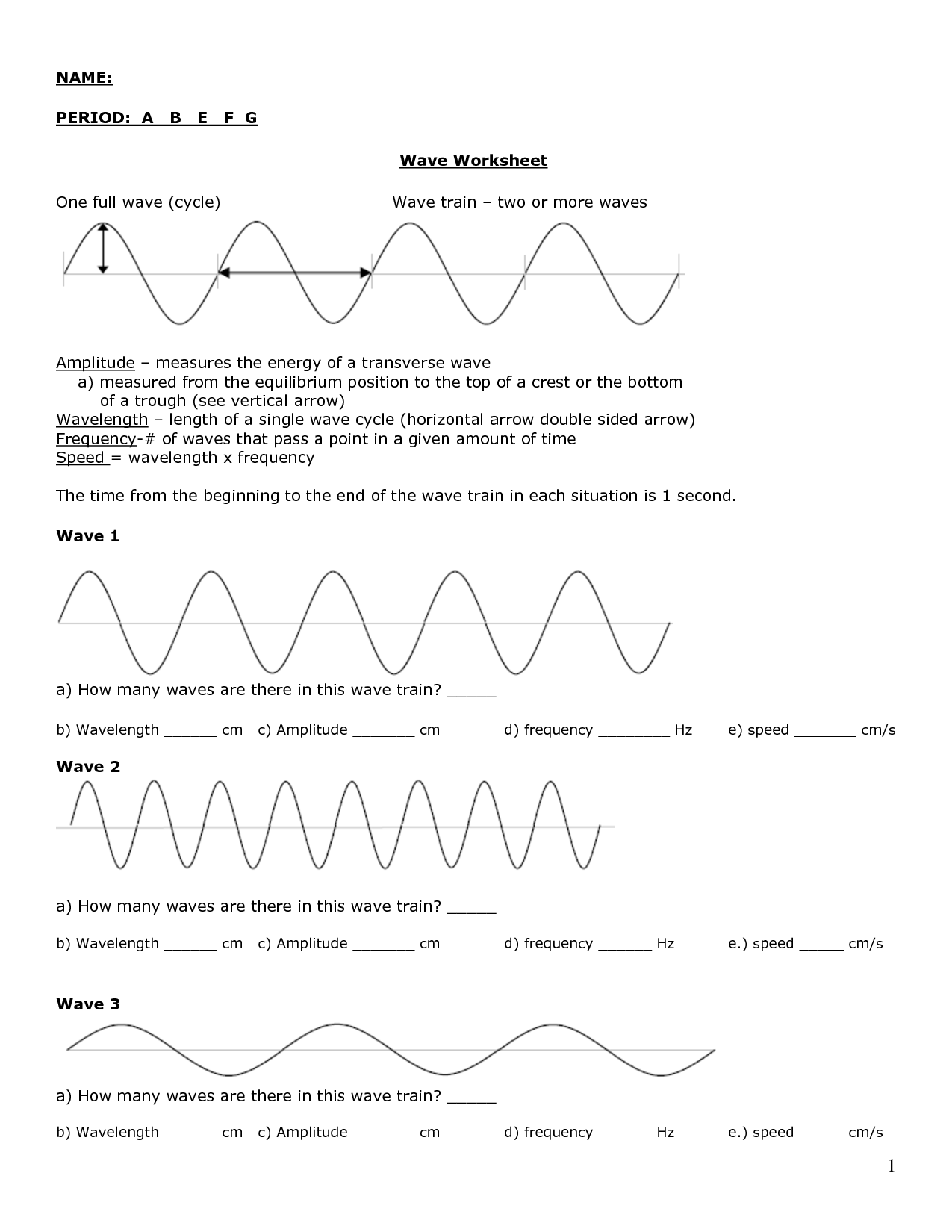



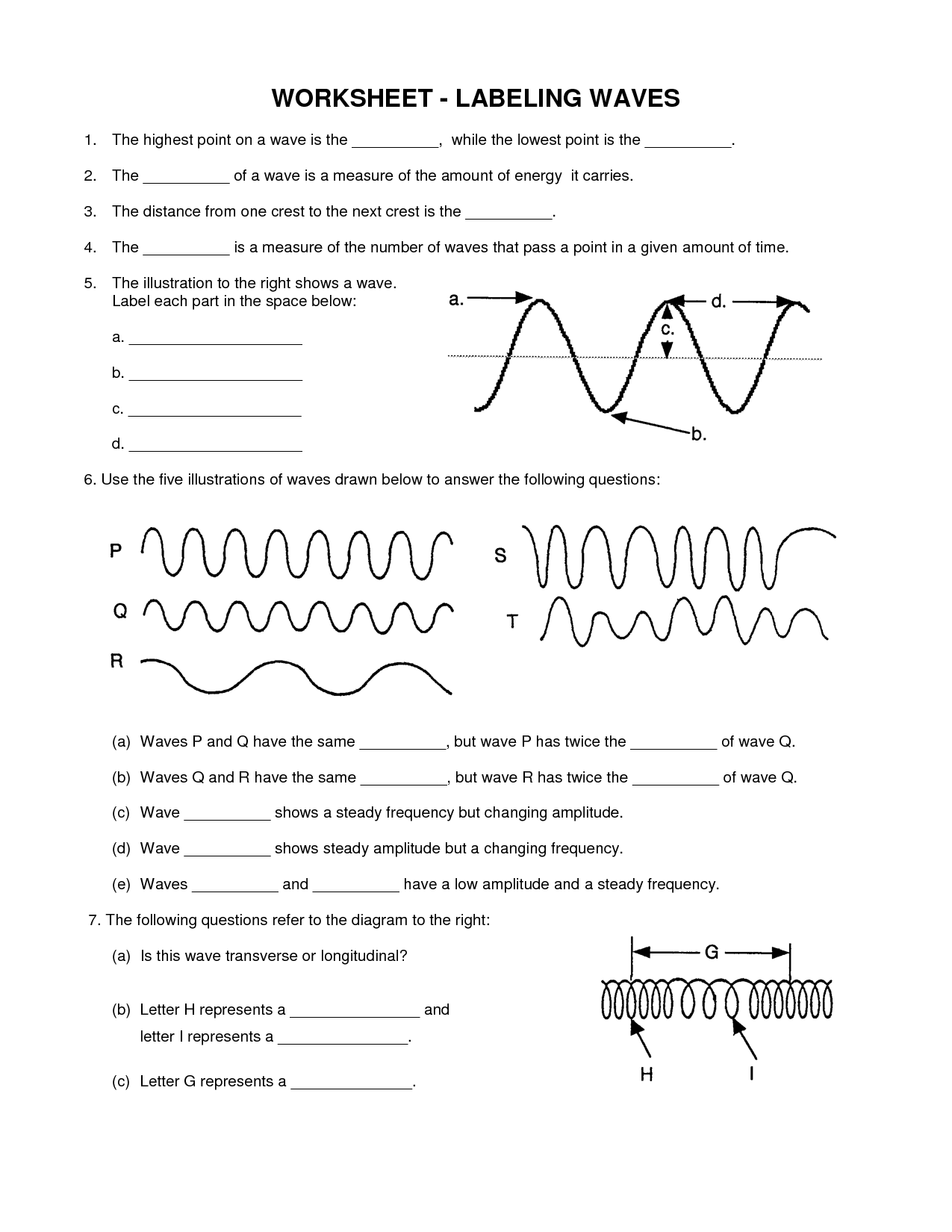
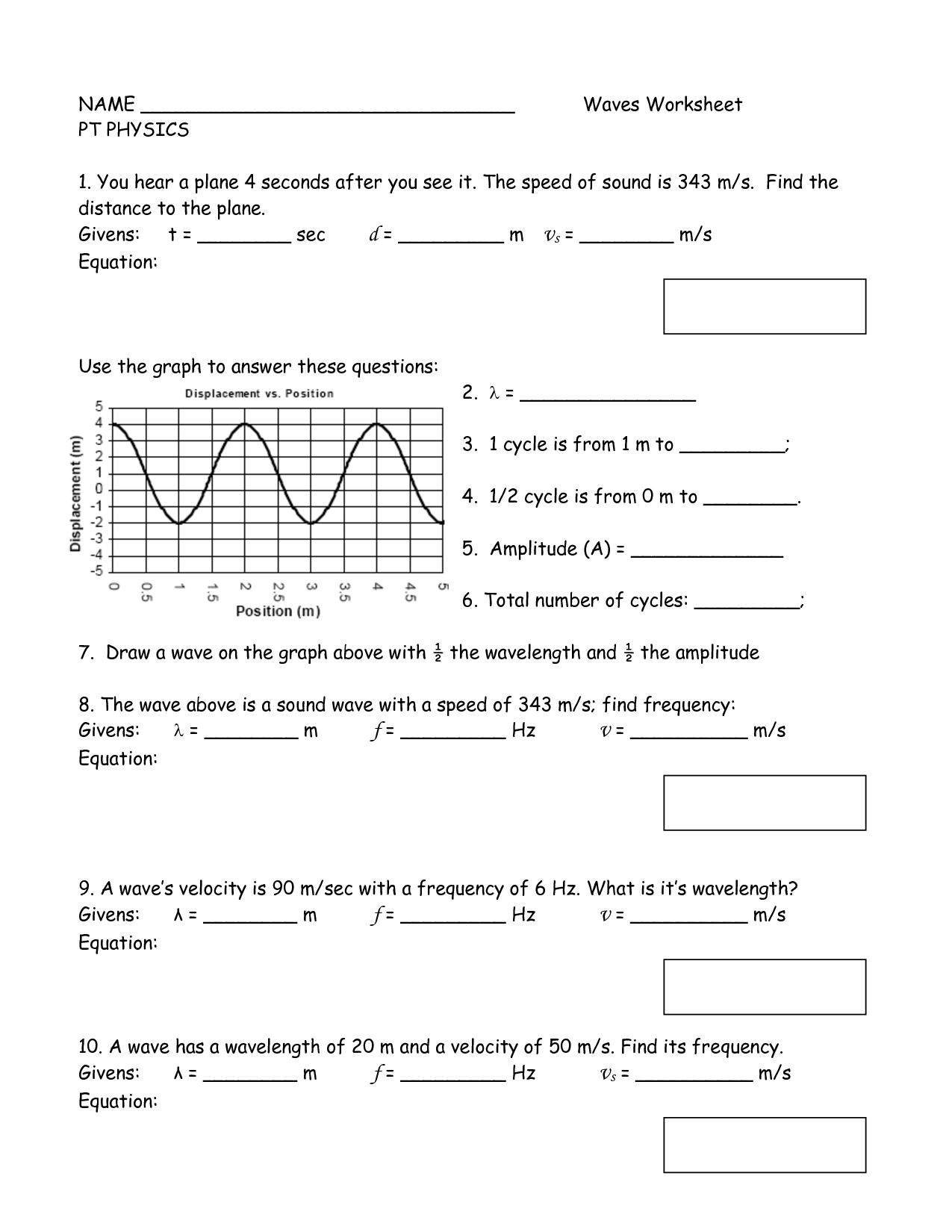
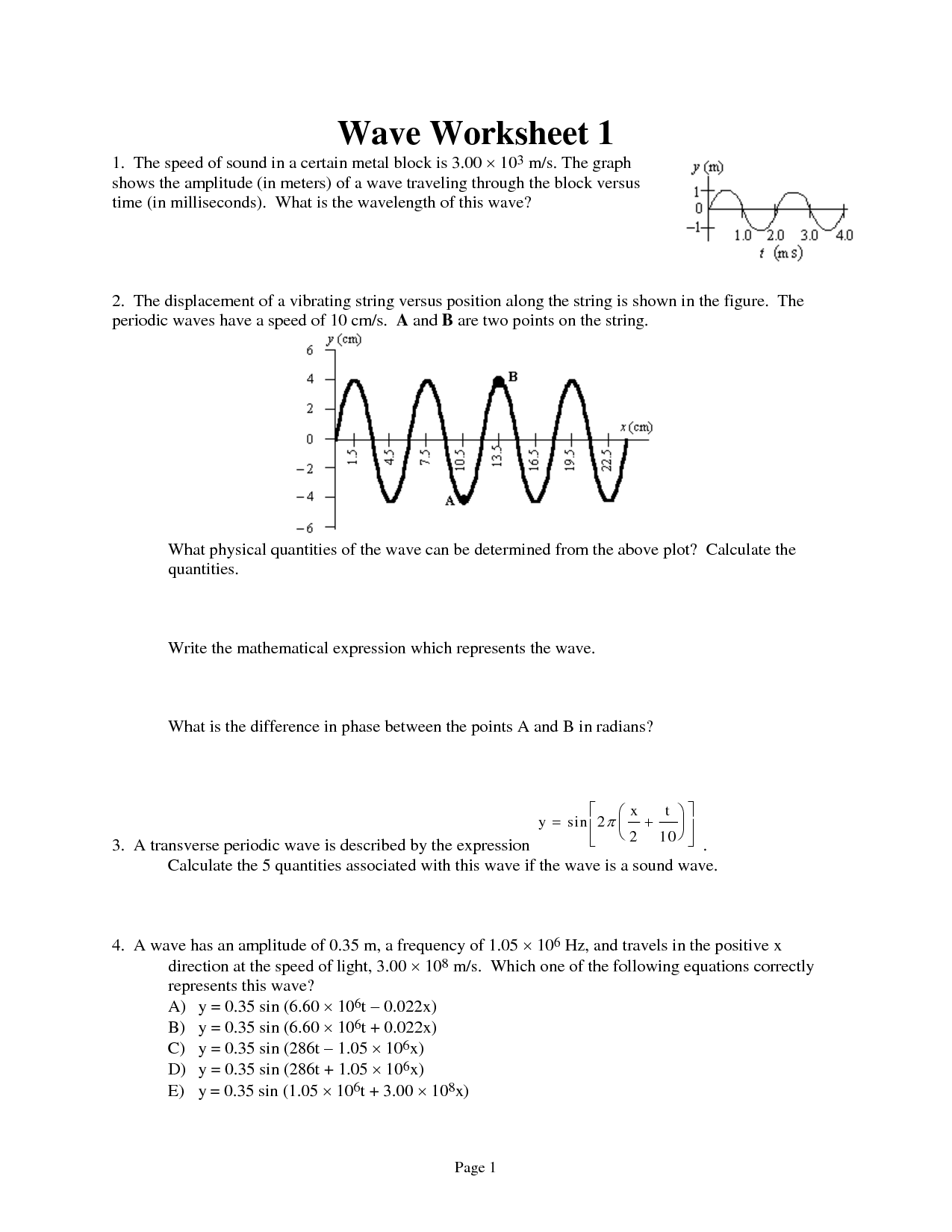
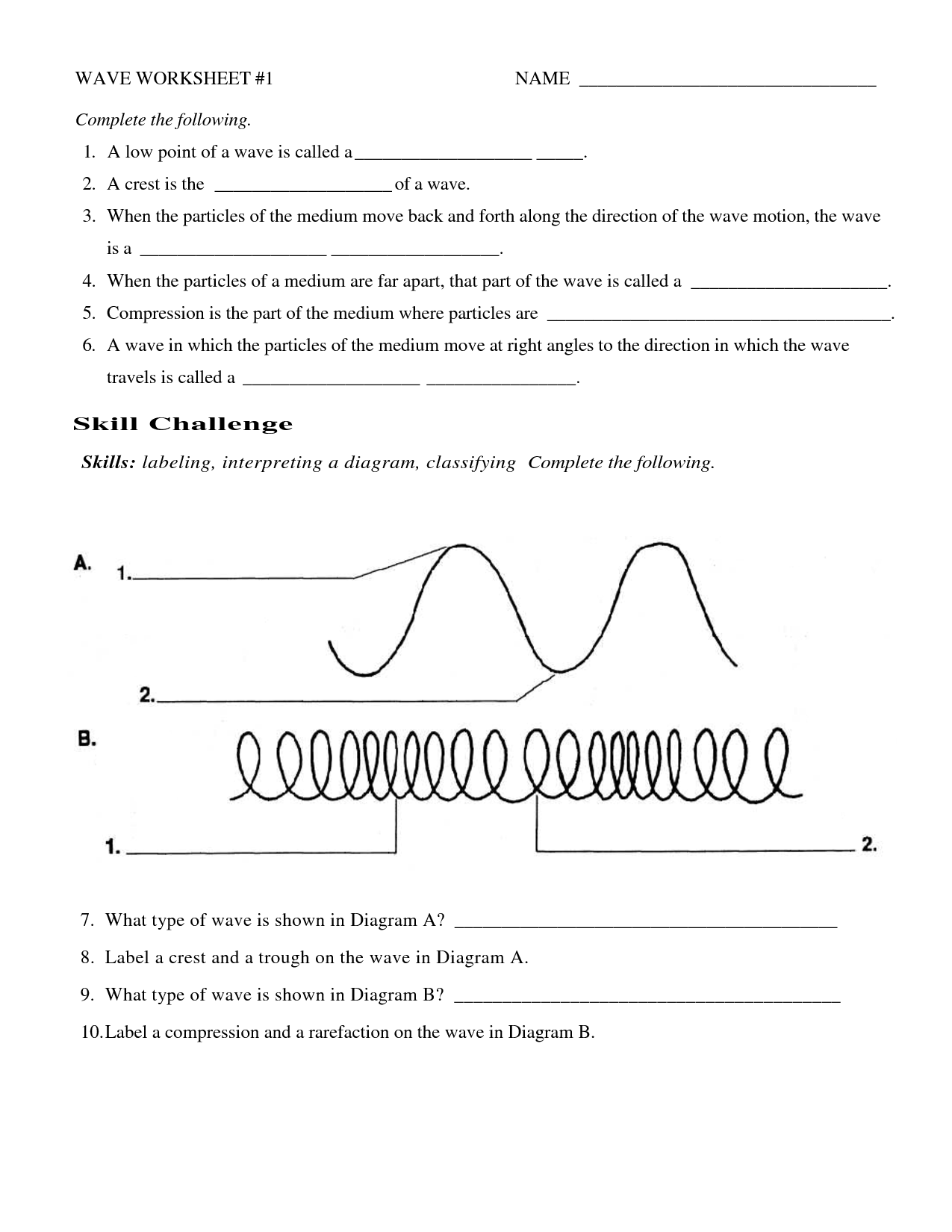
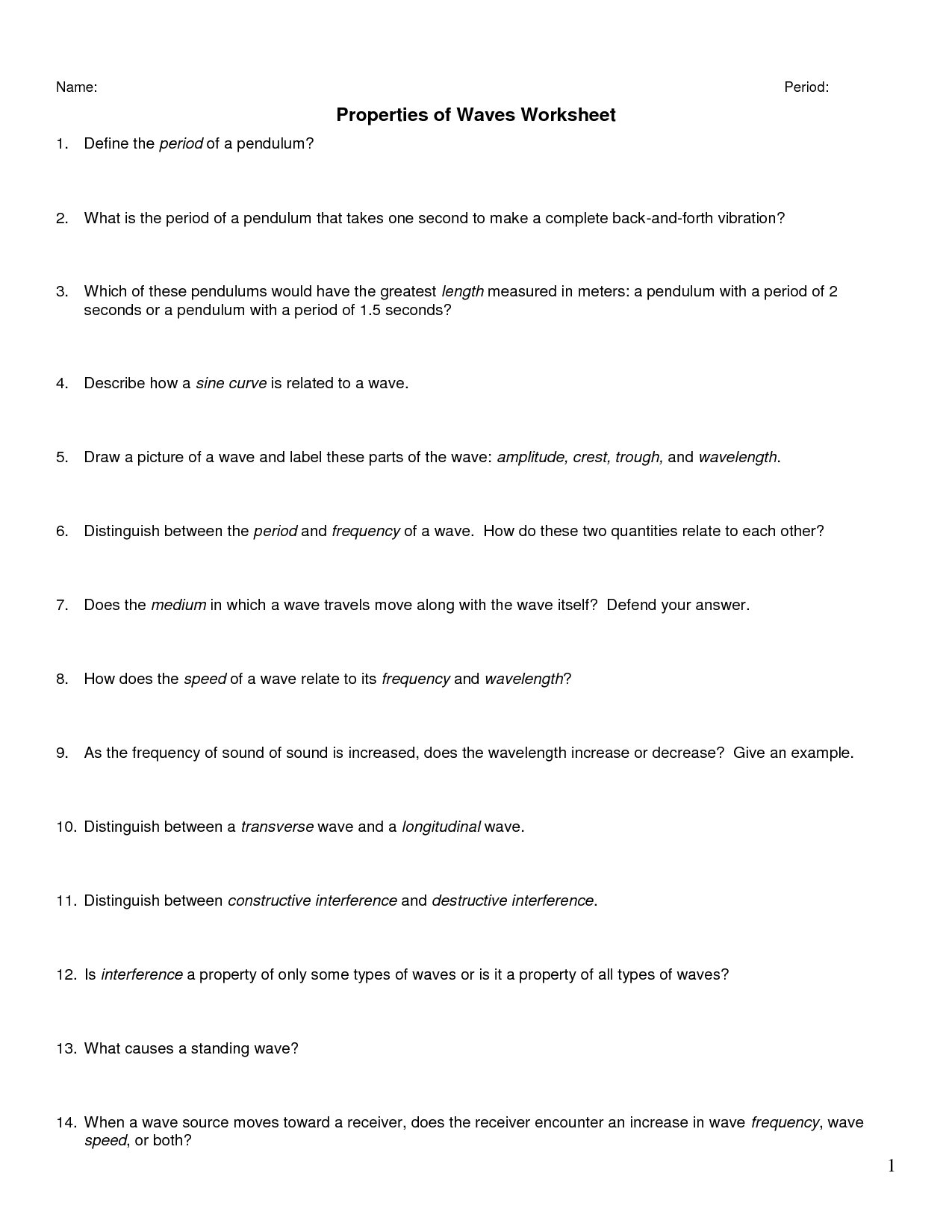
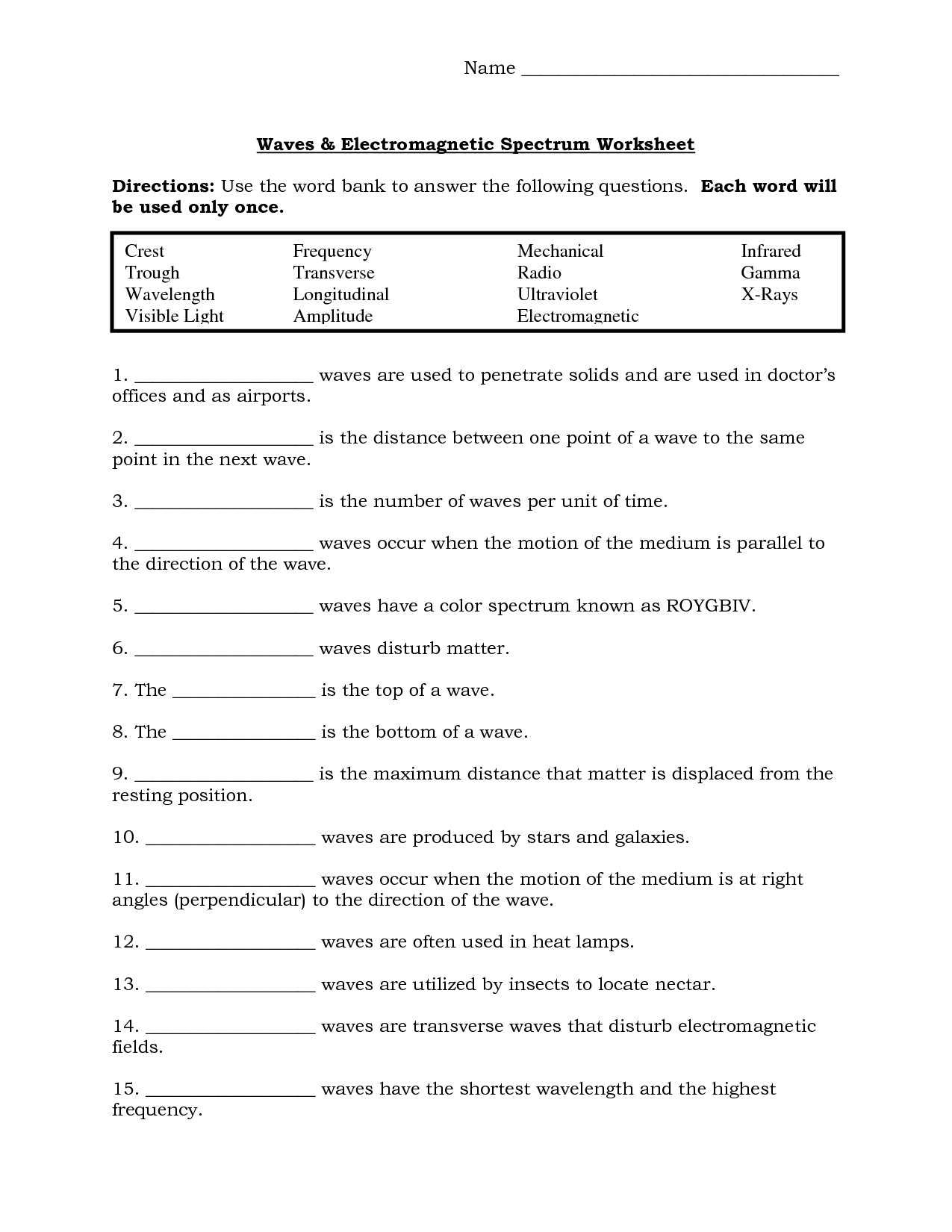
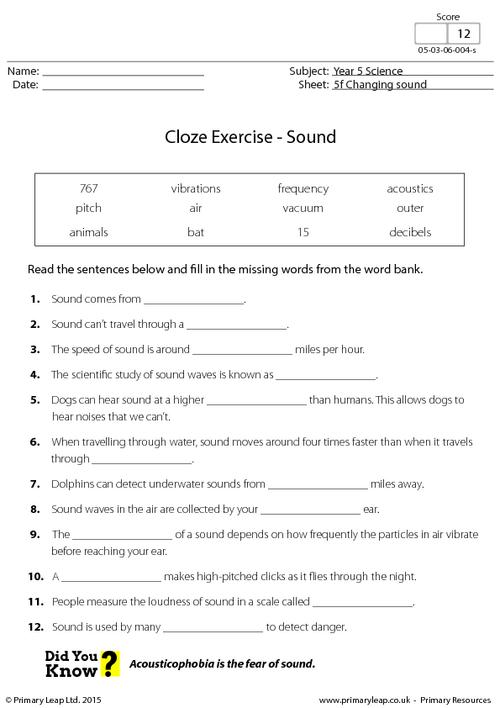
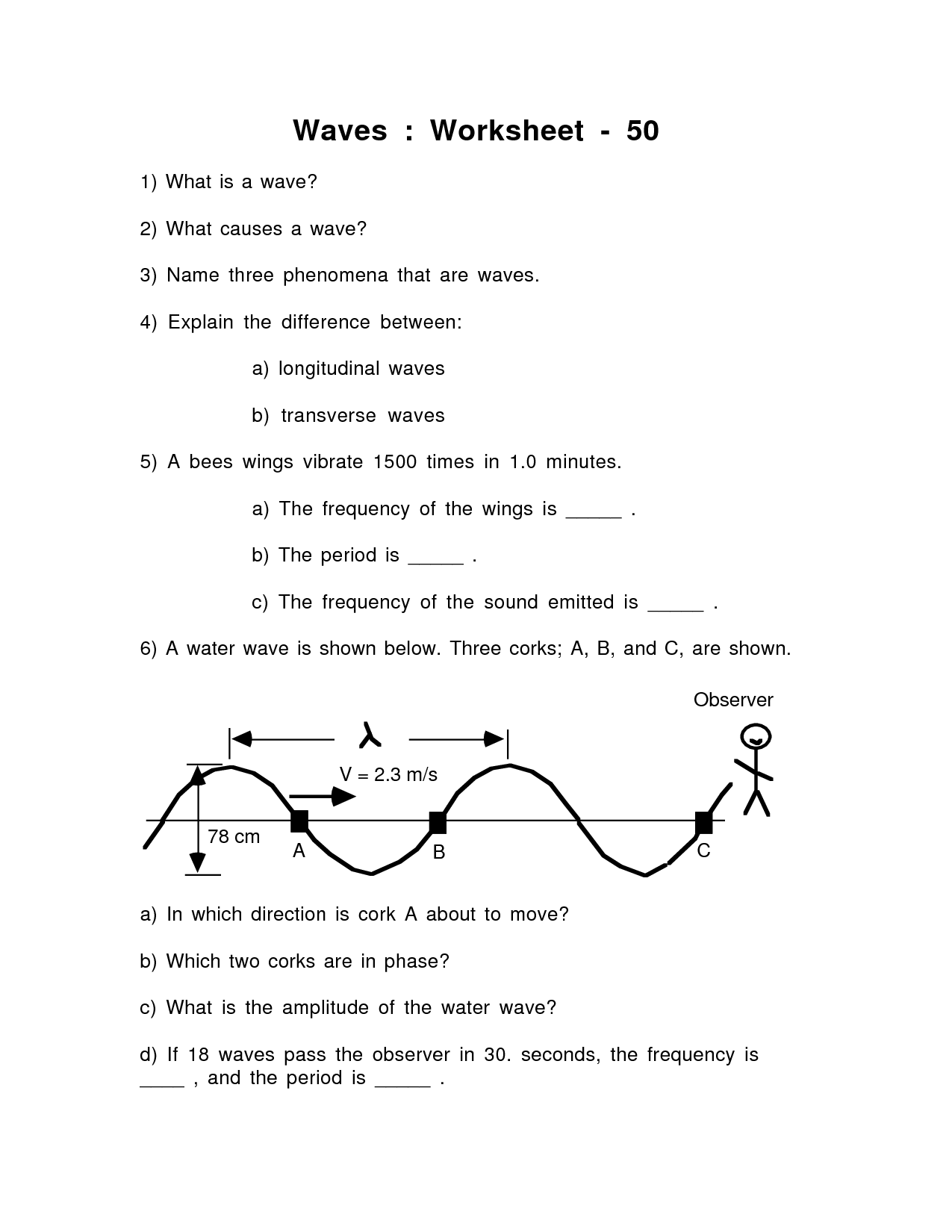
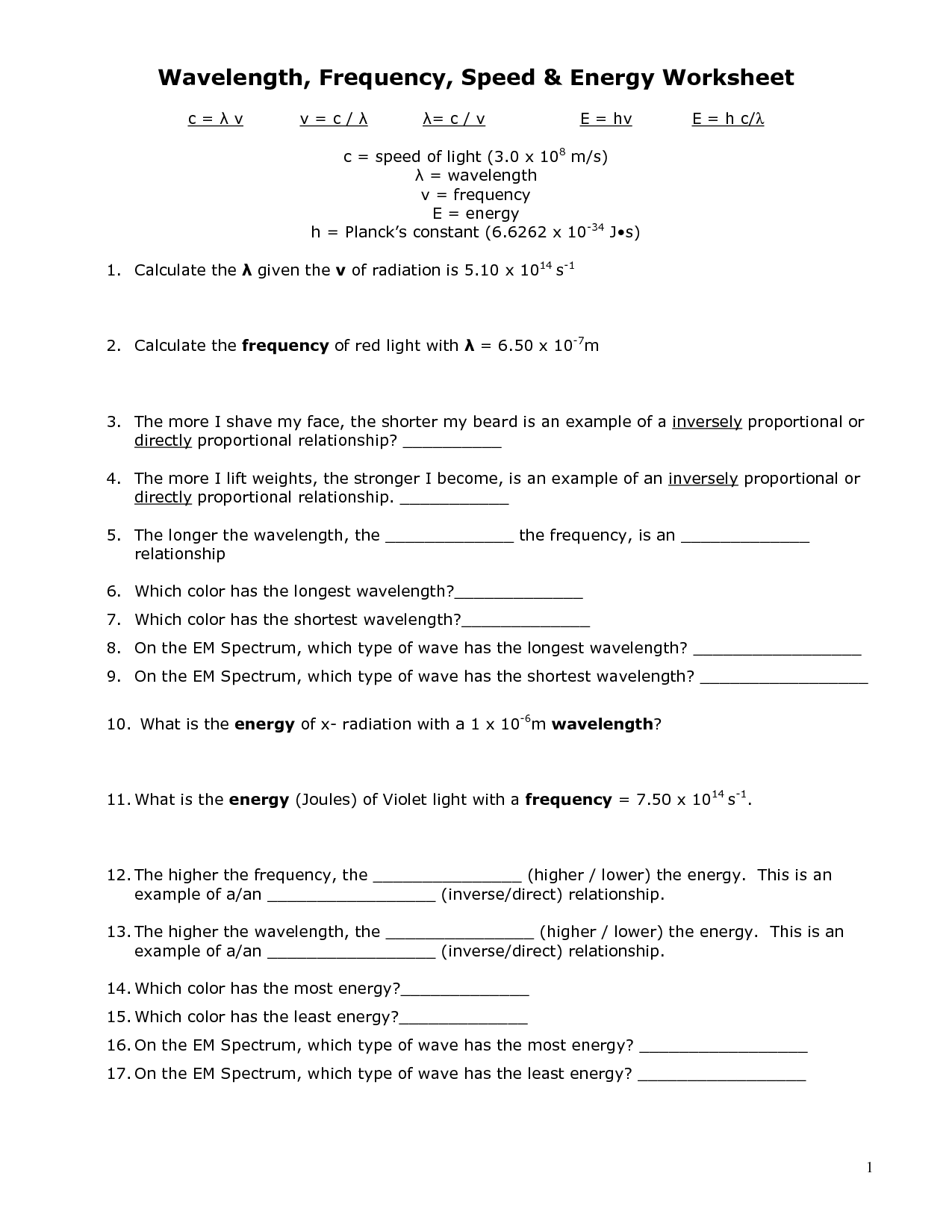
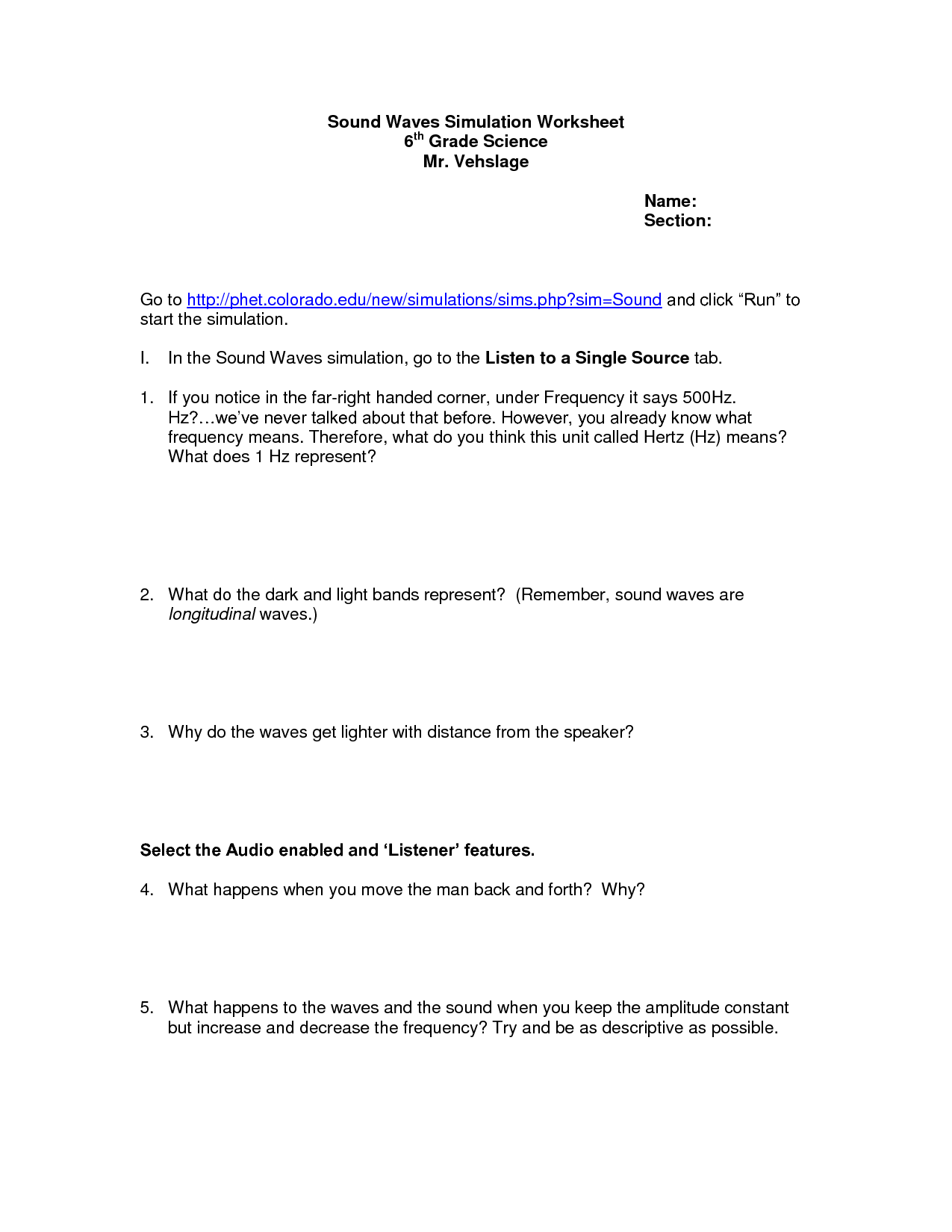

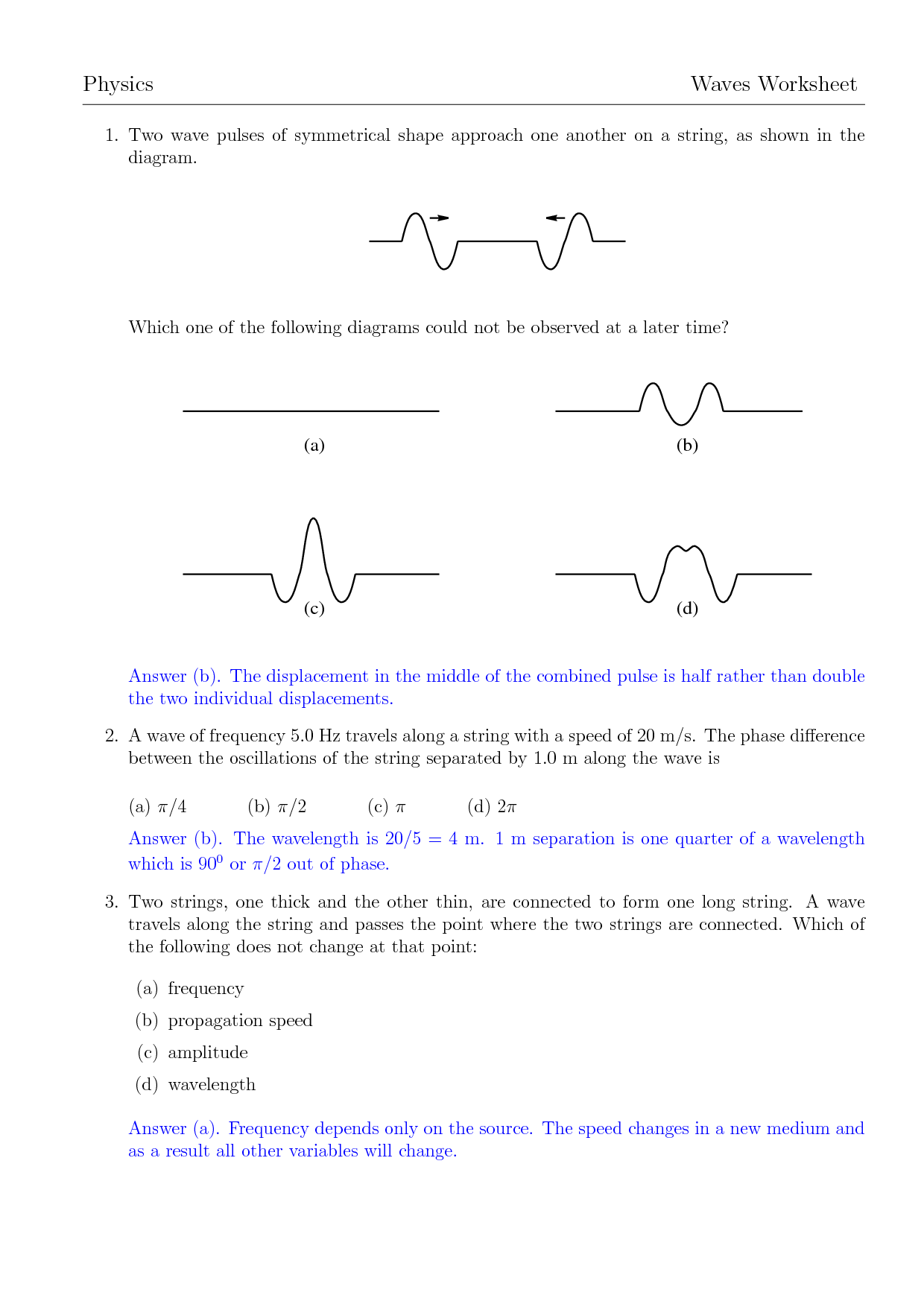
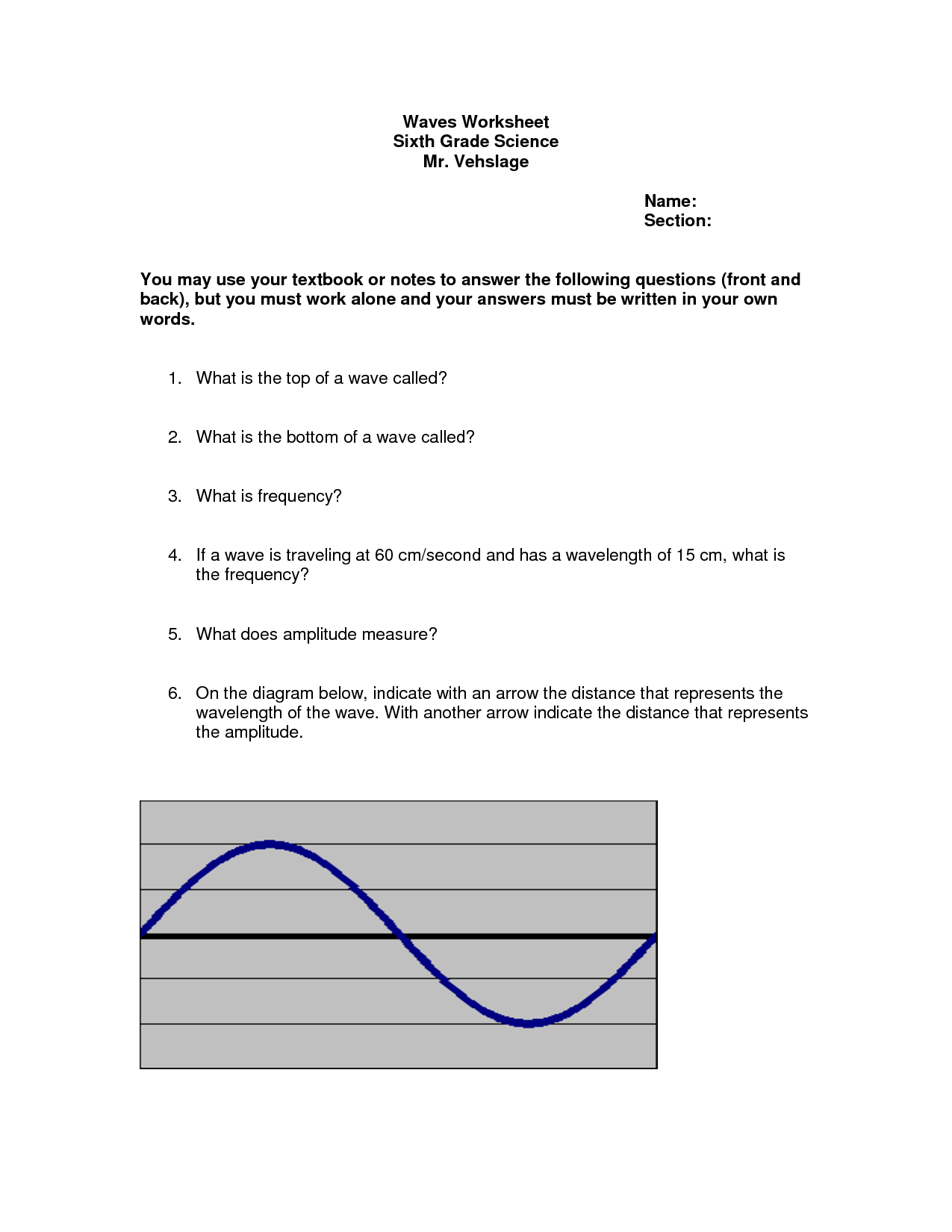
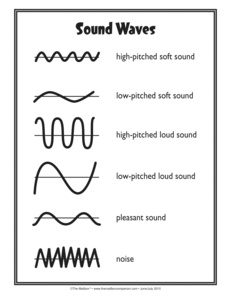














Comments